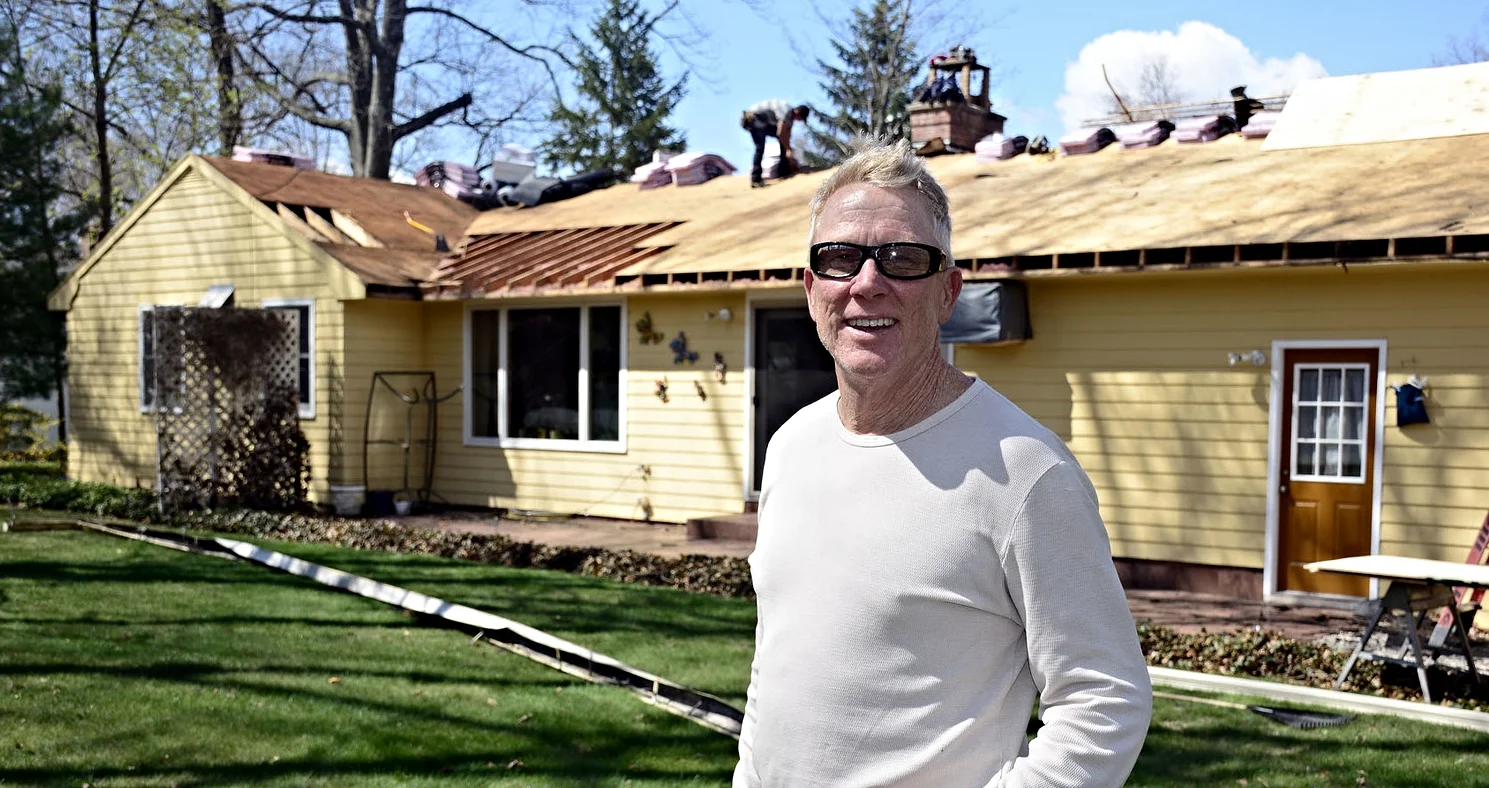Get Rid of That Funky Roof Mold
Chelsea O'Donnell
Have patterns of strange, streaky stains appeared on your roof this spring? My phone rings off the hook for roof cleanings this time of year, and as I drive around town, I see so many houses decorated with unsightly roof residue, which frequently emerges during the April rainy season. But what are the stains, why have they suddenly popped up, and what can you do to get rid of it? They are all good questions, so let’s get you some answers.
Stains on the roof are generally algae, which gets carried by wind or birds from roof to roof, and may not be visible until they have enough moisture, heat, and humidity to grow and spread. The manifestation of an algae problem is those black streaks that you see. Now don’t be too alarmed, algae isn’t necessarily going to ruin your roof immediately, but it does affect the curb appeal of your home and the problem could end up damaging and pulling up your shingles if not dealt with for a long period of time.
An interesting fact is that copper, zinc, and lead are toxic to algae, and many newer roof shingles contain copper granules, which act as a barrier against any mold growth. Homes with older roofs won’t benefit from this technology, but it explains why you won’t see algae where metal flashing has been installed. If you’re susceptible to algae and in the market for a new roof, be sure to inquire about this type of shingle.
So now that we know what it is, how do we get rid of it? The easiest way to rid your roof of algae is a good cleaning solution, which can be picked up at the hardware store, applied using a pump sprayer and rinsed with the garden hose. One tip is to give any plants below the roof a good drink of water beforehand so they don’t absorb the solution. If you’re not comfortable on a ladder, call a professional to help you complete this task. A clean roof isn’t worth a trip to the hospital, and a local area home improvement specialist will be able to complete the job in just a few hours.
Once the roof has been cleaned, you might want to do something to prevent the mold from coming back again. As I mentioned, copper, zinc and lead-coated sheet metal are toxic to algae, so installing a strip of flashing will help stop that nasty fungus in its tracks. Choose a strip that’s at least six inches wide, and have it installed at the roof peak to ensure that the metal molecules wash down with the rain and protect the roof from mold build up.
Bob O’Donnell is the owner of O’Donnell Bros. Inc., a Bristol-based home improvement company established in 1975. Email your questions for Bob to info@odonnellbros.com with the subject line “Ask the Pro.” All questions may be considered for publication. To contact Bob for your remodeling needs, call O’Donnell Bros. Inc. at (860) 589-5155 or visit http://www.odonnellbros.com. Advice is for guidance only.
